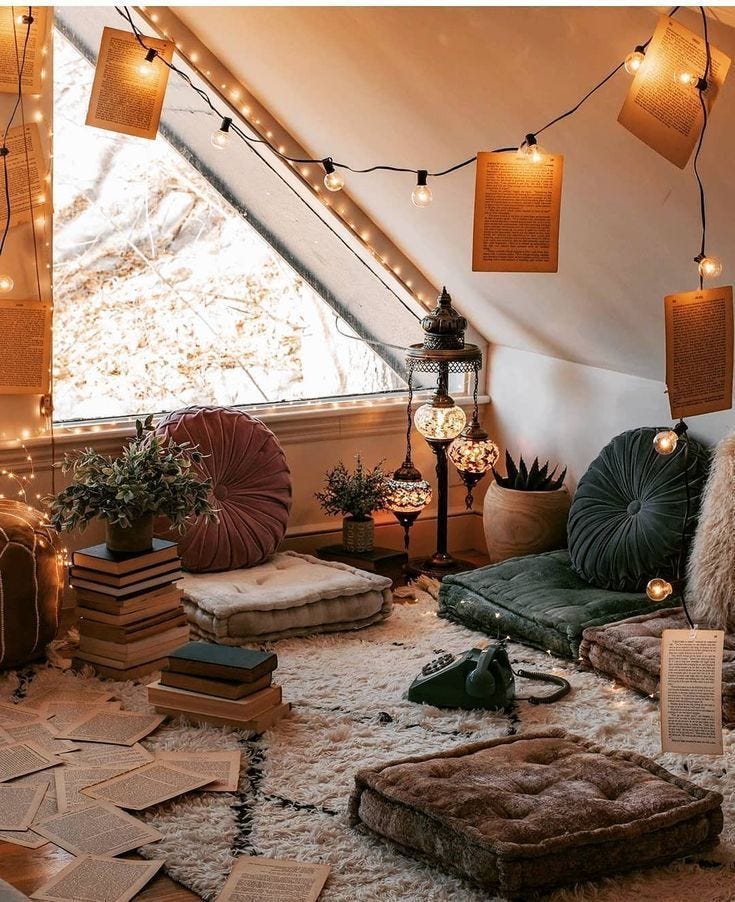Have you ever walked into a room and been captivated by the unique combination of patterns and designs? How do some people effortlessly mix stripes with florals, or chevron with polka dots, and still manage to create a cohesive and stylish space? As someone who has always been drawn to bold and eclectic decor, I’ve spent years experimenting with patterns and discovering the art of mixing them. In this blog post, I want to share my personal insights and tips for achieving a beautifully patterned home that is both personal and informative.
When it comes to mixing patterns, it all boils down to balance. You want to create a visual harmony that avoids overwhelming the senses while still making a statement. One of the easiest ways to achieve this is by utilizing a neutral color palette as a foundation. Shades of white, beige, or gray provide a calm and timeless backdrop that allows patterns to shine without competing for attention. Whether you choose a floral wallpaper, a geometric rug or a striped sofa, starting with a neutral base ensures that your patterns will complement each other rather than clash.
Once you have established a neutral foundation, it’s time to start introducing patterns. A general rule of thumb is to vary the scale of your patterns. For instance, if you have a large floral-patterned wallpaper, balance it out with smaller, more intricate patterns on accent pillows or throws. This variation in scale creates visual depth and prevents the room from feeling overwhelming. Mixing patterns of different sizes can be the key to achieving that eclectic and curated look.
Another important aspect to consider is the color scheme of your patterns. While it’s essential to have some contrasting colors to create interest, too many vibrant hues can create chaos. Finding a color that is present in all the patterns you plan to use can tie them together seamlessly. For instance, if you have a blue and white striped chair, incorporating a blue floral pillow and a blue geometric rug will create a cohesive look. This shared color acts as a unifying factor, bringing all the patterns together while still allowing each one to shine.
Now, let’s talk about the power of mixing different textures alongside patterns. Incorporating various textures adds dimension and richness to your decor. Think about how a soft velvet pillow complements a crisp striped duvet cover, or how a knitted throw sits alongside an abstract geometric print. The combination of textures not only enhances the visual interest in a room but also creates a tactile experience that adds depth and warmth to your space.
When it comes to using patterns in specific areas of your room, consider the proportion and placement to ensure a well-balanced composition. For example, if you have a large patterned area rug, make sure that the furniture in the room doesn’t overwhelm it. Opt for solid-colored furniture that complements the rug and allows it to be the focal point. On the other hand, if you have an accent wall with a bold pattern, balance it out with solid-colored furniture and subtle patterned accessories to avoid overwhelming the space.
Remember, mixing patterns isn’t just limited to textiles and wallpapers. You can incorporate patterns in unexpected ways such as using patterned tiles for a backsplash, selecting patterned dishes for open shelving, or even utilizing patterned lampshades. The key is to have fun with it and let your personality shine through. Don’t be afraid to experiment and take risks – after all, your home should reflect your unique style and taste.
In conclusion, mixing patterns is an art that requires careful consideration and balance. By starting with a neutral base, varying the scale of patterns, utilizing a cohesive color scheme, incorporating different textures, and being mindful of proportion and placement, you can create an effortlessly stylish and visually captivating space. So go ahead, embrace the world of patterns and let your creativity soar!
